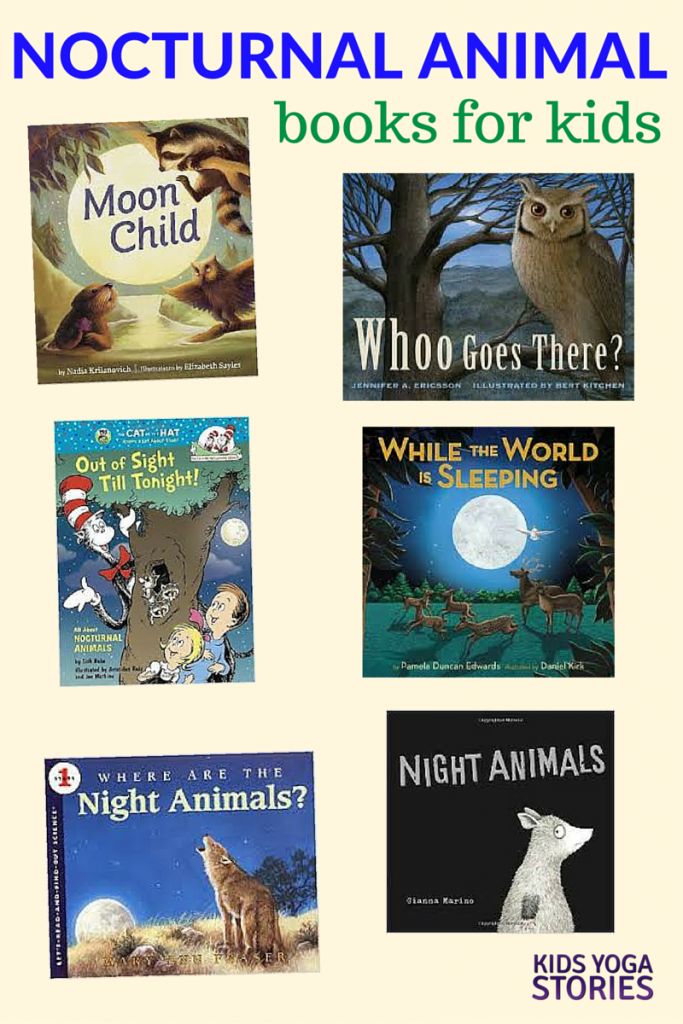Nocturnal Animals
(And Diurnal Animals, like us!)
When the children came into the Discovery classroom this week, it was dark and there were night sounds coming from the tree! We heard crickets and frogs and even an owl. We also had several nighttime visitors: an owl, a raccoon, an opossum, and a bat - we got to touch each of them if we wanted (they were pretending, no worries)! We learned that these are all NOCTURNAL animals (our Word of the Week)! These animals are active at night and sleep during the day. (But we also learned they can come out during the day if they are hungry - or sick.)
Examples of nocturnal animals: Owls, bats, raccoons, opossums, spiders, cats (yes, even though they sometimes try to get on our schedule), mice, skunks, and even beaver - and more!
Examples of diurnal animals were pretty easy for us to think of (we just had to think of animals we see during the day when we're outside playing): cows, dogs (even though their ancestors, the wolf, can be nocturnal), deer, ducks, songbirds, sheep, honeybees, elephants, giraffes, etc.
The (nocturnal) mammal we focused on today was THE BAT.
We learned that bats are mammals like us - they have live babies and the mom feeds them milk. We learned that bats sleep upside down and that their wings are NOT like birds - no feathers and the parts of the wings are actually more like fingers and an arm than a bird's wing. Bats use something called ECHOLOCATION to locate objects and potential food. We demonstrated echolocation in the classroom and we got to pretend we were bats! We learned that bats can eat hundreds of mosquitoes in one night. That makes us appreciate bats! Bats are fairly harmless and can avoid hitting us by sight or echolocation (hearing).
This was the week of Halloween, so we had a few, interesting visitors during class...
I didn't get many pictures this week as I had my hands full with our visitors (pretend - but the kids were believing they were amazing & real!) but did grab a few cute ones...
Some suggested Reading...

Happy Halloween!















No comments:
Post a Comment
Note: Only a member of this blog may post a comment.